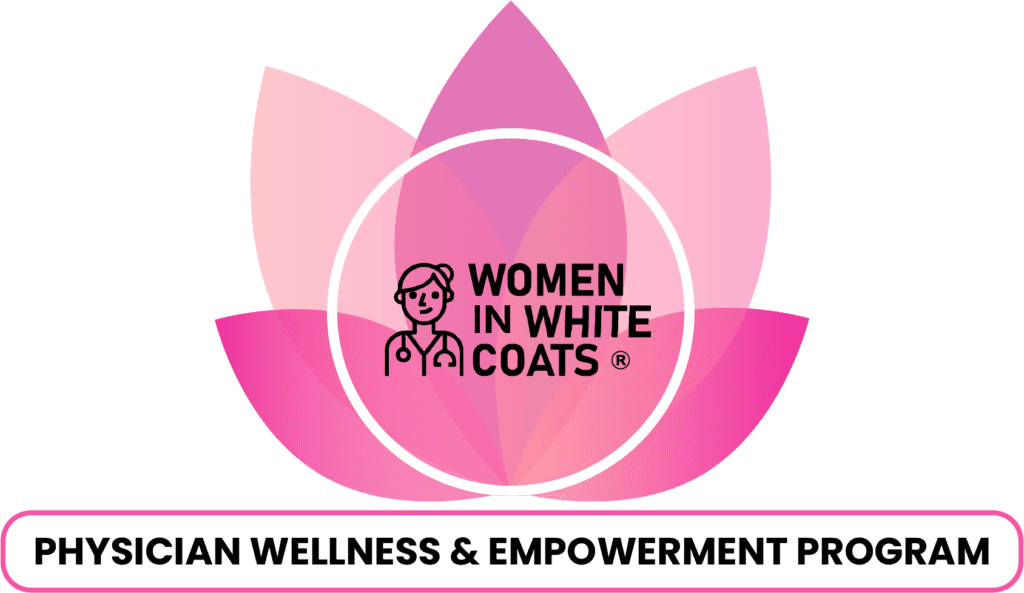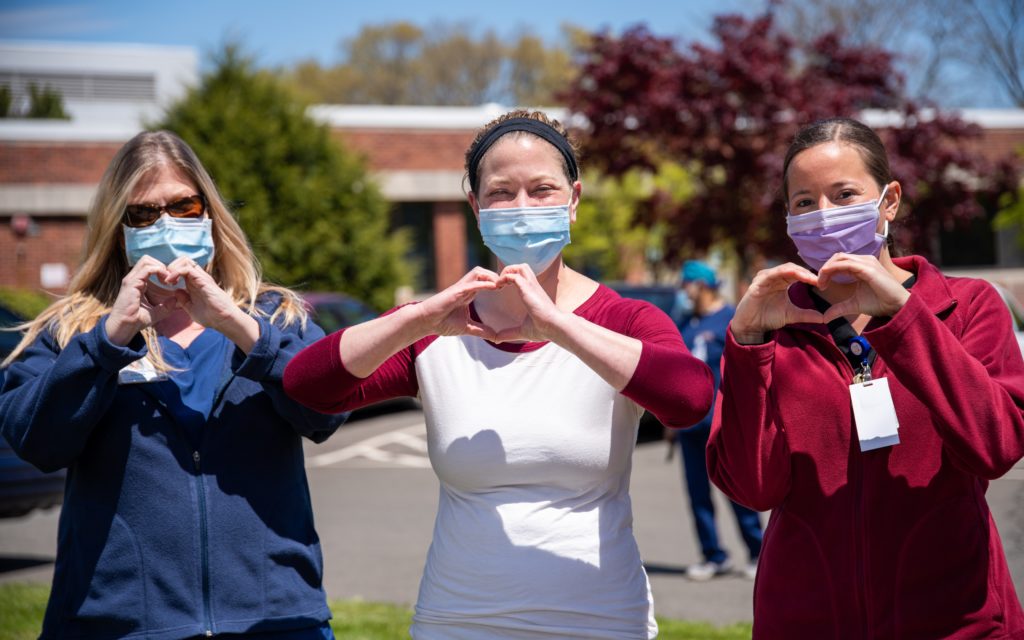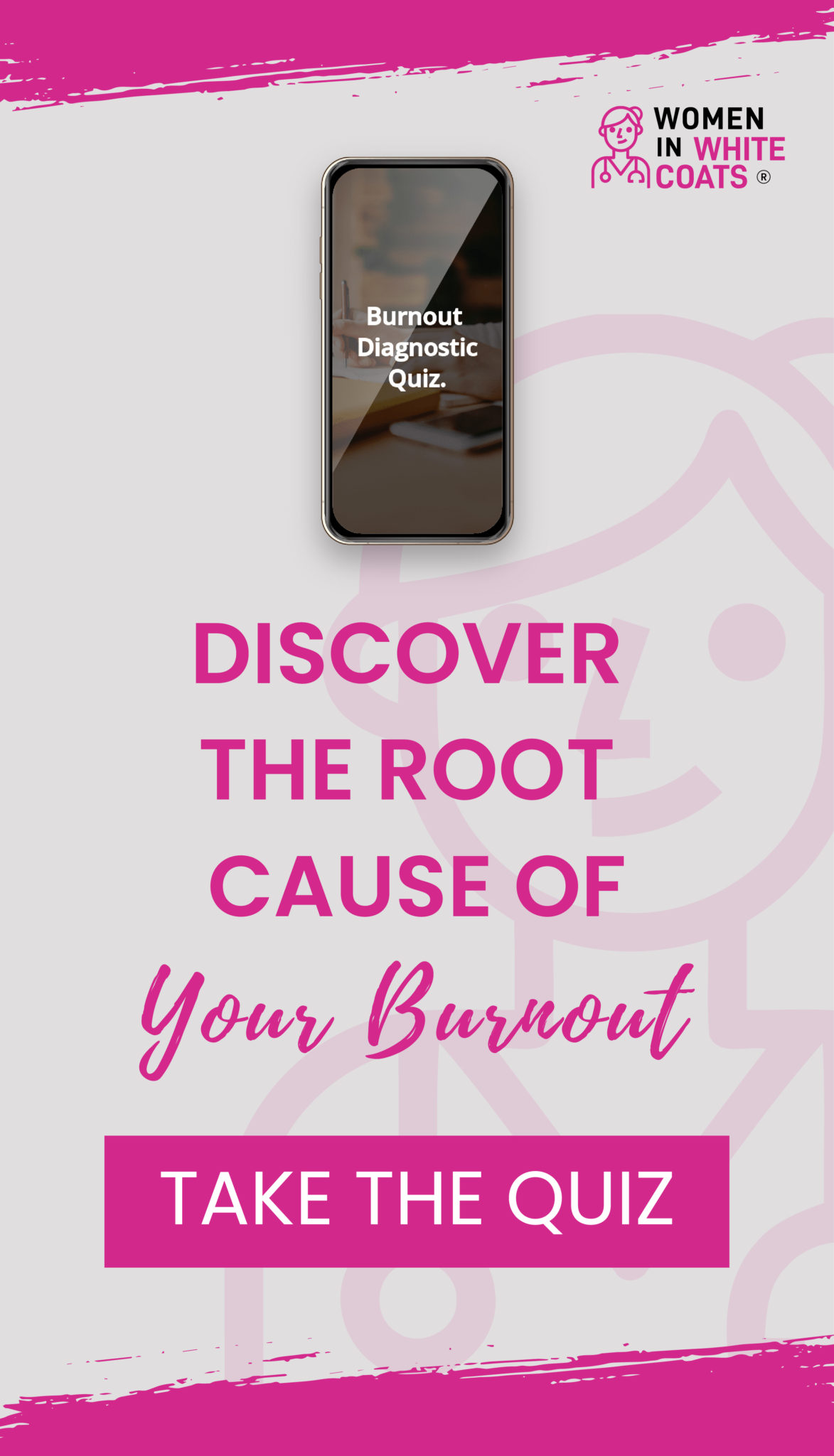Traumatic Experiences
During my decades long career I have had innumerable experiences around medical trauma and suffering: the unexpected death of a mother or baby (or both) during childbirth, witnessing the anguish of bereft partners who’ve suddenly had the person most dear to them snatched from their lives. I’ve seen the rapid deterioration of a baby over seconds, her healthy pink color morphing into an awful grayish hue. I recall many instances of being the leader of an emergency resuscitation, trying my hardest to remain calm and to communicate effectively despite my own pounding heartbeat.

I shared my perspective several years ago with a friend and colleague. We trained in the same era and have been in practice for the same amount of time. “You know, JD, you and I have been ruined for good!” I meant “ruined”, as in emotionally and spiritually traumatized, and “for good”, meaning simultaneously “in order to do good for others” and “for the rest of our lives”.
What signifies trauma?
The Substance Abuse and Mental Health Services Administration (SAMHSA) defines trauma as an event, series of events, or circumstances experienced by a person as physically or emotionally harmful that have long-lasting adverse effects on the person’s
functioning and well-being (emotional, physical, or spiritual). (SAMHSA, 2022)
Since the time I shared my “ruined for good” outlook with my colleague I’ve come to realize that growth and a sense of renewed purpose are possible after cumulative secondary traumatic stress (STS) events have occurred through years of medical practice.
Secondary traumatic stress (STS) may occur in parents, other family members, health care workers such as physicians, nurses, other hospital staff, first responders, and therapists when participating in or recounting a traumatic event. (Forkey, 2021) For me to acknowledge and cope with the cumulative secondary traumatic stress I carried, I first needed to identify, accept, process, and share these experiences with other supportive, reflective people.
This allowed me to reconnect with our common humanity. I no longer felt as overwhelmed by the gravity of the daily tasks I faced. I developed appreciation for the power of resilience, defined as “the dynamic process of adaptation to or despite significant adversity by using protective factors and learned skills to manage stressful circumstances.” (Forkey, 2021)

Trauma frequently occurs both inside and outside of the medical context
I witnessed firsthand the unbearable toll that structural racism takes on people of color, leading to poor health outcomes, even death. Even though it happened years ago this poignant story remains on my mind. A house caught fire in a dilapidated neighborhood one evening near the Children’s Hospital where I was on call in the NICU. The blaze took the life of a young black mother but spared her emergency delivered premature son. Before she died of her extensive full-thickness burns, I went to her ICU room clutching a photograph of her baby boy, hoping to communicate with her somehow and show his picture to her. The only part of her body that was not burned (by some strange miracle) was her abdomen, which allowed her son to be delivered quickly, likely without complete anesthesia.
I told her that her baby was alive and doing well, and she managed to nod slowly in acknowledgement. Sadly, she couldn’t see the sweet newborn’s picture I was holding, as her eyes had swollen shut from the severe burns. We sent the baby boy home with his extended family members the following week as they prepared for a funeral, having already endured a horrible and preventable loss of life. To this day I wonder what happened to the child born out of such tragedy.
More recently (and equally devastatingly), the COVID-19 pandemic has laid bare the health inequities and preventable loss of lives and livelihoods experienced by many minority and disadvantaged groups in our country and throughout the world.
In 2021 when I received an invitation to join the “Caring Essentials Trauma-informed Professionals Certificate Program” (Coughlin, 2022), I immediately seized the opportunity even though I had an already crowded professional schedule. I was excited to learn about becoming competent in “trauma-informed” care concepts in order to collaborate with my colleagues to further help babies and their families live healthy, long lives. In all honesty as a late career pediatrician I wanted to experience those same outcomes, too.
I realized early on that the most important long term health outcomes in infants and children under our care do not solely depend upon medical interventions occurring before, during and after birth. Health outcomes are strongly driven by the social determinants of health (SDH). These determinants apply to health for all of us across our lifespan, not only for those presenting with a complex illness, a mental health concern, or those requiring newborn intensive care.

According to the World Health Organization, “Health is a state of complete physical, mental and social well-being and not merely the absence of disease or infirmity.” (World Health Organization, 2022)
The social determinants of health are “the conditions in which people are born, grow, live, work and age. These circumstances are shaped by the distribution of money, power, and resources at global, national, and local levels.” (World Health Organization, 2022) The social determinants include things like housing, basic amenities and the environment, early childhood development, food security, education, and employment, among others. Health inequities are defined as the unfair and avoidable differences in health status (including the disparity in the health outcomes of birthing parents, babies and children) seen both within and between countries.
The Center for Disease Control and Prevention (CDC) states that social determinants of health are most responsible for health inequities such as the story of the young woman’s tragic preventable death I shared. SDHs also have been estimated to account for between 30 and 55 percent of all health outcomes in a population. WHO states that the contributions of sectors besides healthcare to population health outcomes like maternal and infant mortality surpass those from the healthcare sector. That statistic should give us all pause.
Check back next week for Part 2 of this blog article.
Dr. Julie Lindower, MD MPH, is a newborn intensive care doctor at the University of Iowa Stead Family Children’s Hospital in Iowa City, Iowa. She views her work as an intentional effort to help create an environment in which children and their families can be healthy and live meaningful lives. She especially enjoys sharing the vocation of medicine with health professions students, who bring her a sense of hope for our collective future. You can find her on Instagram at @jlindowe.
Bibliography
Caring Essentials Collaborative. (2022, 10 30). Retrieved from Caring Essentials Collaborative: caringessentials.net
Duffee, e. a. (2021). Trauma-Informed Care in Child Health Systems. Pediatrics, 1-12.
Forkey, e. a. (2021, August). Trauma-Informed Care: AAP Clinical Report:Guidance for the Clinician in Rendering Pediatric Care. Pediatrics, 148(2), 1-26; e2021052580.
SAMHSA. (2022, 11 1). Retrieved from Substance Abuse and Mental Health Services: samhsa.gov
World Health Organization. (2022, November 1). Constitution of the World Health Organization. Retrieved from World Health Organization: https://www.who.int/about/governance/constitution
Works Cited
Forkey, e. a. (2021, August). Trauma-Informed Care: AAP Clinical Report:Guidance for the Clinician in Rendering Pediatric Care. Pediatrics, 148(2), 1-26; e2021052580.



